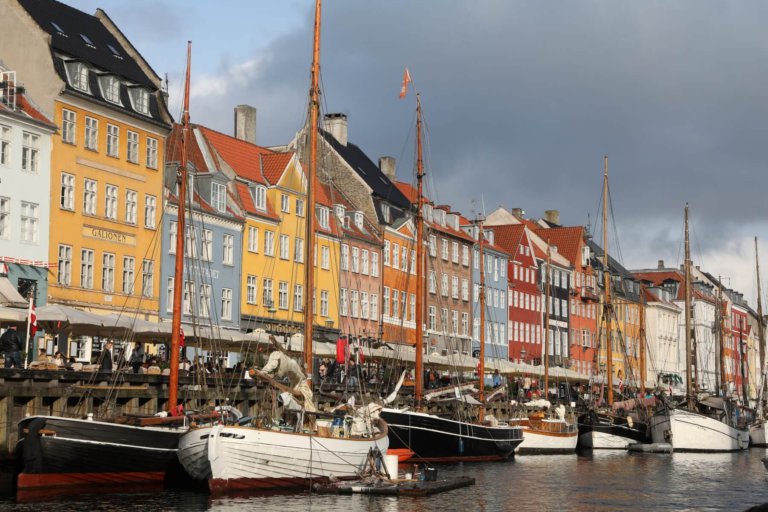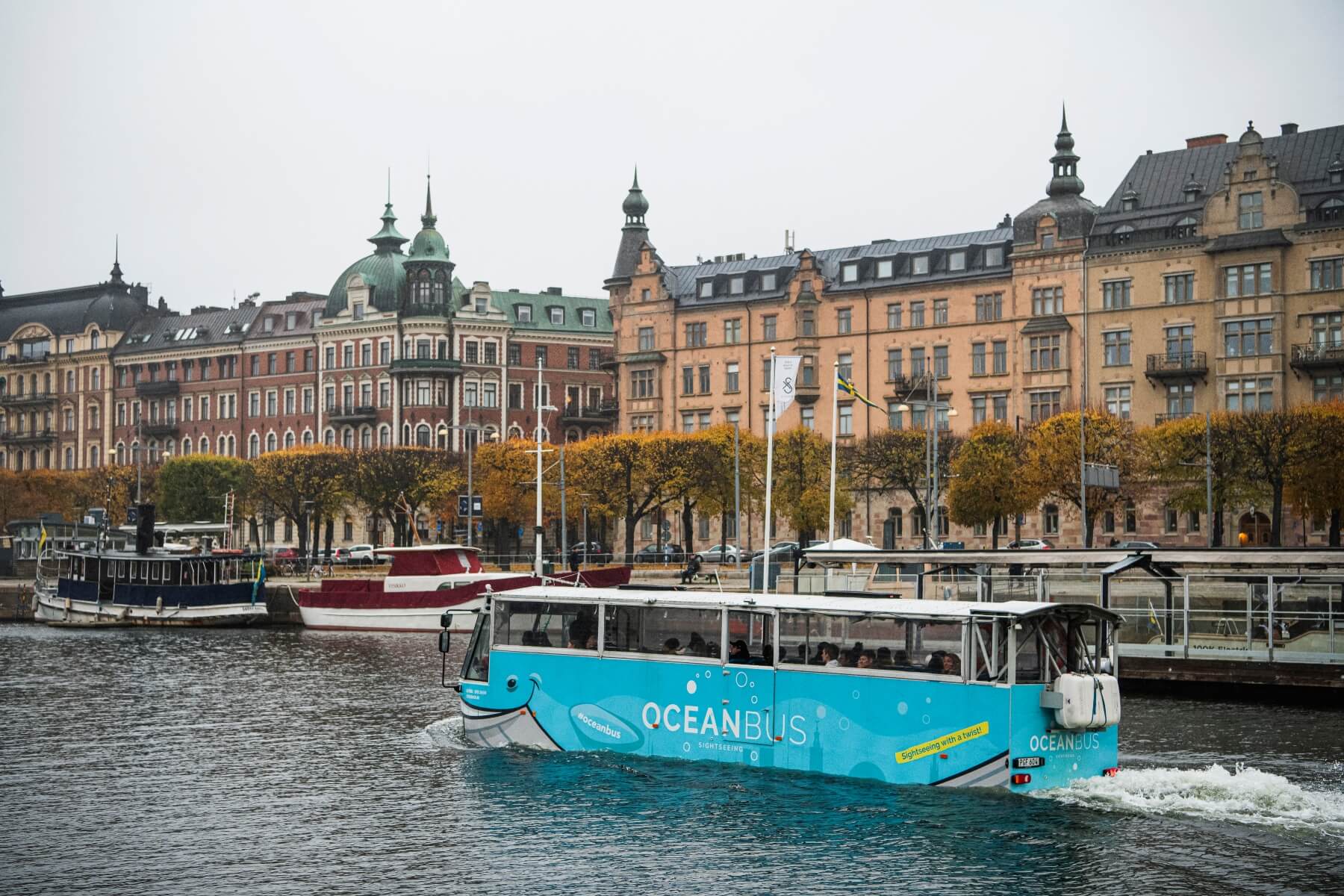
It should come as no surprise that some of the world’s best student cities are also some of the world’s most expensive cities. For those looking to study abroad – whether on a scholarship or self-funded — there’s more to ponder about beyond being able to afford your tuition fees.
There’s also rent, utilities, groceries, medical expenses, transportation, and other miscellaneous expenses to consider too. If you’re curious about what are some of the world’s most expensive cities to study in, here’s a summary, based on data from QS and Numbeo.

Stockholm is among the world’s most expensive cities for international students. Source: Jonathan Nackstrand/AFP
Some of the world’s most expensive cities for students
Copenhagen
Higher education consultancy firm QS recently released its QS Best Student Cities 2023 ranking, and Copenhagen, Denmark is among the cities that ranked poorly in the affordability indicator (140th worldwide), due to a high cost of living. Tuition fees, however, are “relatively low”.
Although students from the EU, EEA, and Switzerland can study for free in Denmark, other international students can expect to pay approximately 18,300 US dollars each year in Copenhagen. At the University of Copenhagen for example, undergraduate programmes can range from US$10,860 to US$18,470.
To obtain a student visa, applicants must demonstrate that they can support themselves. This means having access to around 1,000 euros per month (or approximately US$1,050). Most students in Denmark live in off-campus halls of residence, which cost around US$280 to US$496. However, private accommodation, such as a one-bedroom apartment in Copenhagen, can cost as much as US$1,465 per month on average.
Books and course materials for courses are around US$5 to US$10 per month, whereas a monthly transport pass will cost US$59 per month on average. Mobile phone bills are approximately US$22 per month, while a meal at an inexpensive restaurant could cost some US$20.
Dublin
Ireland’s capital is ranked 136th under QS’s affordability indicator. The average amount of money needed to survive a year in Dublin is US$13,400. Education-wise, tuition fees for international undergraduate students start at US$11,050 per year.
A meal at an inexpensive restaurant is approximately US$17, according to data from Numbeo. Groceries are also more affordable than in Copenhagen. For instance, a litre of milk costs just over US$1 in the city while it costs approximately US$1.60 in Copenhagen.
A monthly transport pass in Dublin could set you back by about US$125 — costlier than Copenhagen’s, which costs approximately US$70. Utilities will cost US$203 on average, while renting a one-bedroom apartment in the city centre could cost just under US$2,000.

Known for its deep dish pizzas and iconic Willis Tower, Chicago joins the ranks of least affordable cities to live in. Source: Scott Olson/AFP
Chicago
The “Windy City” will blow away your budget and is ranked 134th in QS’ affordability rank. According to Cost Off Living, to survive in Chicago, one student will need approximately US$1,470.
However, groceries are affordable compared to the rest of the student cities on this list (one litre of milk sells for just under a dollar on average). A monthly transport pass will cost you US$85, which is still more than Copenhagen.
Renting a one-bedroom apartment in the city centre costs just under US$2,000, whereas the utility bill will cost you an average of US$162.
Stockholm
Nordic countries are known for being expensive in general, so it comes as no surprise that Stockholm is on QS’ list. The city is ranked 133rd for affordability, and is not only one of the world’s most expensive cities to live in for students, but also expats.
The average amount of money needed to survive a month in Stockholm as a single person is just under US$950 without rent. Tuition fees at universities in Stockholm average at around US$17,400 per year for international students, notes QS. An inexpensive meal at a restaurant cost approximately US$13, while a litre of milk costs just over a dollar.
Expect to fork out approximately US$95 for a monthly transport pass, while rent will set you back by US$1,500. Utilities, on the other hand, costs US$82.

London is one of the most expensive cities in the world, which means surviving in the world’s global financial centre requires thrifty students to adopt money-saving hacks wherever possible. Source: Tolga Akmen/AFP
London
Although London was crowned the best student city in QS’ latest rankings, it scored poorly in the affordability indicator at 127th. Some of the world’s best universities can be found in this historical city, with Imperial College London taking the top spot, tied in sixth place in the world, according to QS World University Rankings 2023.
QS notes that the average tuition fee for international students in London is around US$21,200, which is significantly lower than many US institutions.
According to the London School of Economics (LSE), students should budget around US$1500 to US$1,800 for all living expenses, including accommodation, travel, food, laundry, study costs, and other personal expenses.
Numbeo notes that monthly transport passes cost nearly US$200, while rent for a one-bedroom apartment costs approximately US$2,200. A meal at an inexpensive restaurant would cost approximately US$24.









